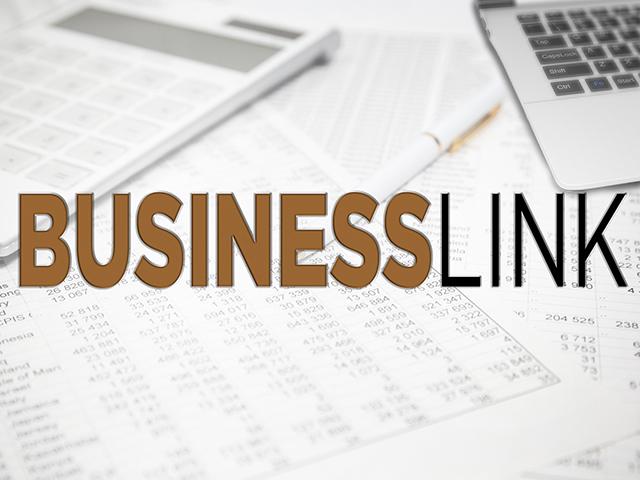Businesslink
Are Hopes of Interest Rate Cuts in 2024 Inflated?
The stock and bond markets finished 2023 with fireworks fueled by hope that the Federal Reserve would begin cutting interest rates as soon as March 2024.
Officials have since gone to great lengths to tamp down the most buoyant expectations, hoping to refocus the narrative on the progression of inflation and the health of the economy.
Nearly all the Fed's voting members believe the federal funds rate, which has sat at 5.25 to 5.5% since July, will be lower by the end of 2024. Yet, the meeting's minutes make clear that further increases could be necessary and that several committee members discussed the possibility "circumstances might warrant keeping the target range at its current value for longer than they currently anticipated."
Christian Lawrence, an interest rate specialist at Rabobank, falls in the latter camp. He told attendees at the DTN Ag Summit last December that he doesn't expect the first rate cut until the middle of the year. He anticipates a 75-basis-point reduction in 2024, while predicting inflation around 3%, above the Fed's official 2% target.
P[L1] D[0x0] M[300x250] OOP[F] ADUNIT[] T[]
"The real story when it comes to inflation is energy prices," he says. Lower diesel and oil prices played a large role in cooling inflation rates in 2023, but geopolitical uncertainty has raised the risk that prices could head higher in 2024.
At the same time, the unemployment rate should slowly rise, while U.S. gross domestic product (GDP) will shrink to 0.7%. It still represents a growing economy, although at a much slower pace than in 2023.
The Fed's challenge in 2024 will be timing. Leaving rates too high for too long could cause unnecessary damage to the economy. But, rates cut too quickly could fuel more inflation.
Lawrence says forecasting 2024 is a tough job, but in the long term, he thinks interest rate expectations are pretty clear.
"We are not going back to zero-percent rates," he says. "We are in this new, old world that goes back to the preglobal financial crisis world. In fact, we think the low for U.S. interest rates is more likely to be 3.5%."
**'
-- Watch Christian Lawrence's presentation at https://www.dtnpf.com/…
-- Read Katie's business blog at https://about.dtnpf.com/…
-- You may email Katie at katie.dehlinger@dtn.com, or visit @KatieD_DTN on X (formerly Twitter).
[PF_0224]
(c) Copyright 2024 DTN, LLC. All rights reserved.




